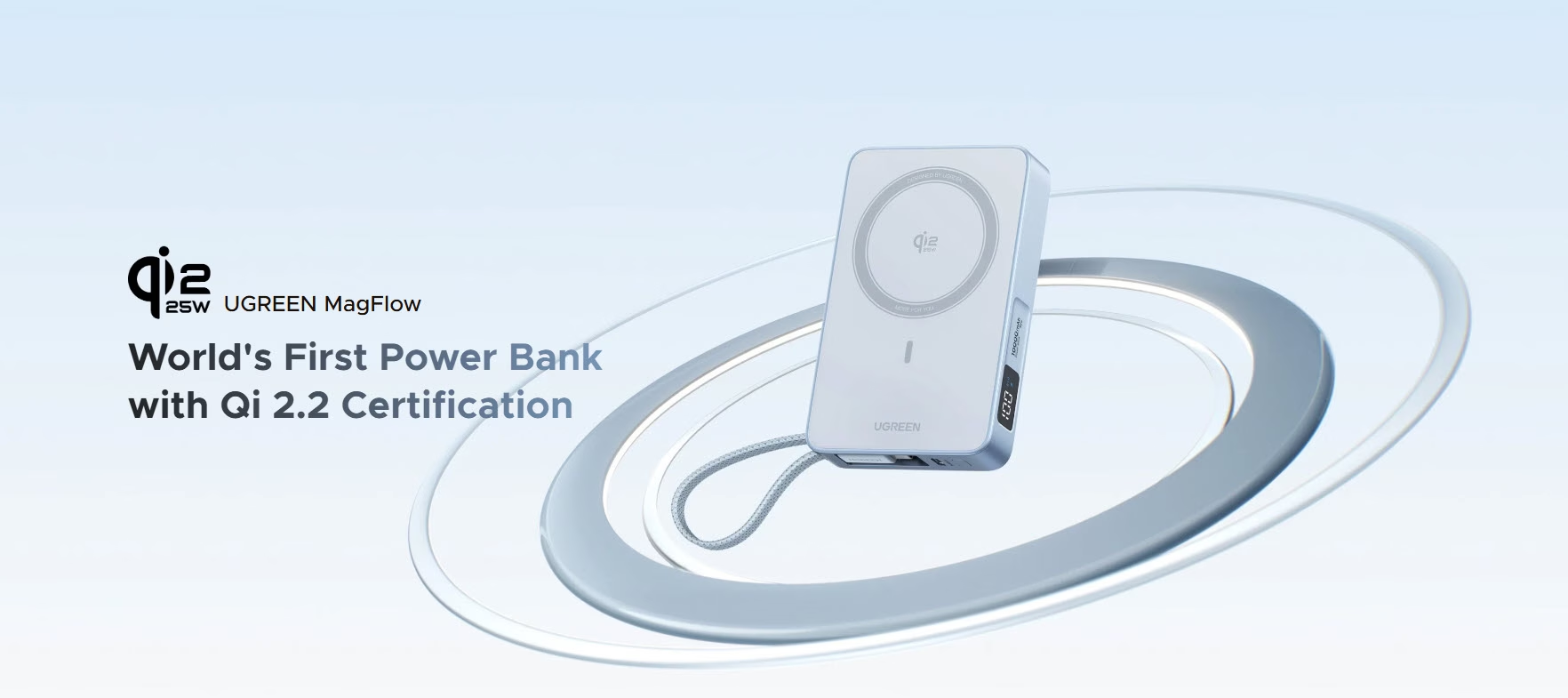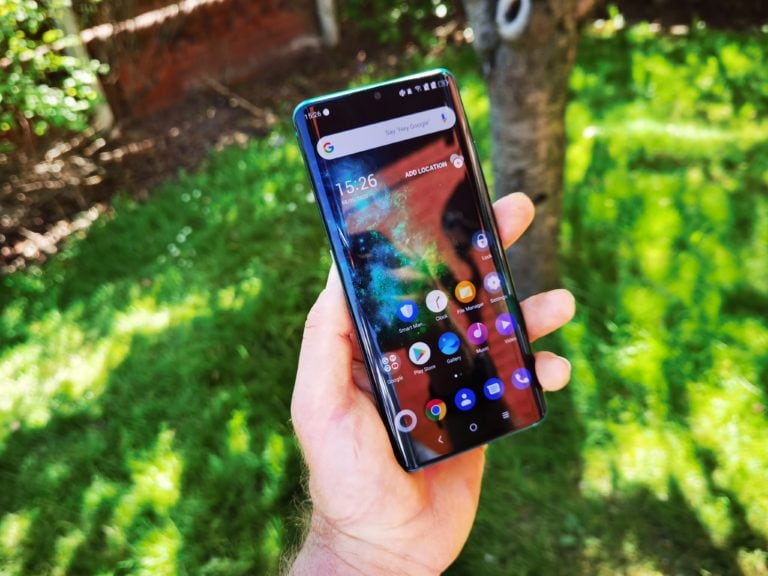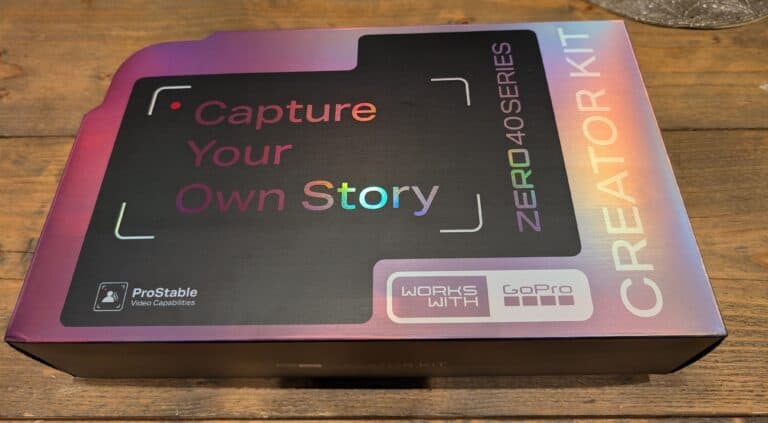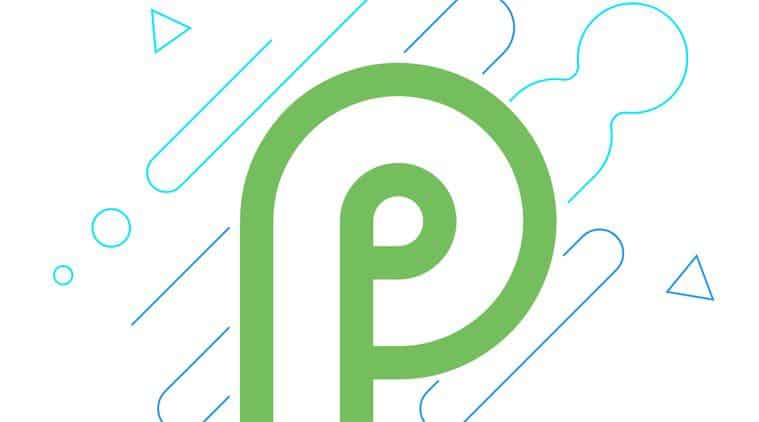Any links to online stores should be assumed to be affiliates. The company or PR agency provides all or most review samples. They have no control over my content, and I provide my honest opinion.
Ugreen has introduced its new MagFlow Magnetic Power Bank, recognised as the first device globally to be certified under the latest Qi 2.2 standard by the Wireless Power Consortium. As wireless charging becomes increasingly common, the arrival of a Qi 2.2-certified product highlights the changing landscape in wireless power technology and sets the stage for what end users can expect from the forthcoming wave of high-capacity wireless charging solutions.
Qi Wireless Charging Standards: A Brief Overview
Wireless charging via the Qi standard has undergone several updates since its initial release. The landscape prior to Qi 2.2 is summarised as follows:
- Qi 1 (2010–2017): The initial Qi specifications topped out at 5W or 15W, depending on the version and exact implementation. Various upgrades through versions 1.0 to 1.2.3 improved transmitter options, introduced better object detection (to prevent overheating of metal objects), and eventually, with version 1.2.3, allowed power negotiation up to 30W for certain use cases. However, 5W and then 15W were common in typical smartphone applications during this era.
- Qi 2.0 (2023): This version was a response to the increasing prevalence of Apple’s MagSafe, introducing magnetic alignment for more reliable placement between devices and chargers. Power transfer remained limited to 15W, but coil alignment, mechanical mounting, and overall user experience were improved. The focus was on convenience rather than increased output.
- Qi 2.1 (2024): The major changes were behind the scenes, offering enhanced support for power transmitters with automatic alignment, better accessory compatibility, and updated testing to address smartphone design trends like prominent camera bumps. Power delivery, however, still capped at 15W.
The Qi 2.2 Difference
Qi 2.2, announced for 2025, brings the most substantial leap in wireless charging power to date, increasing the maximum supported wireless output to 25W. This version is engineered to optimise energy transfer to match the capability of USB-C adapters and introduces several technical enhancements, including:
- Higher Wireless Power: Supports up to 25W for devices and accessories that can handle it. This is close to or matches the practical limits of what most smartphones can take via USB-C fast charging, bringing wireless power closer to wired speeds.
- Power and Thermal Management Enhancements: Improved power control, better thermal management, and more refined foreign object detection at higher power levels to maintain user safety and device longevity.
- Improved Alignment and Communication: The standard also includes upgrades to communication and orientation checks, ensuring efficient operation even at higher energy levels.
This increase in usable wattage, alongside the continued support for Apple’s MagSafe-based alignment, means that devices designed for Qi 2.2 can now charge more quickly and reliably, without the risk of misalignment or overheating.
Ugreen MagFlow: What Makes It Different?
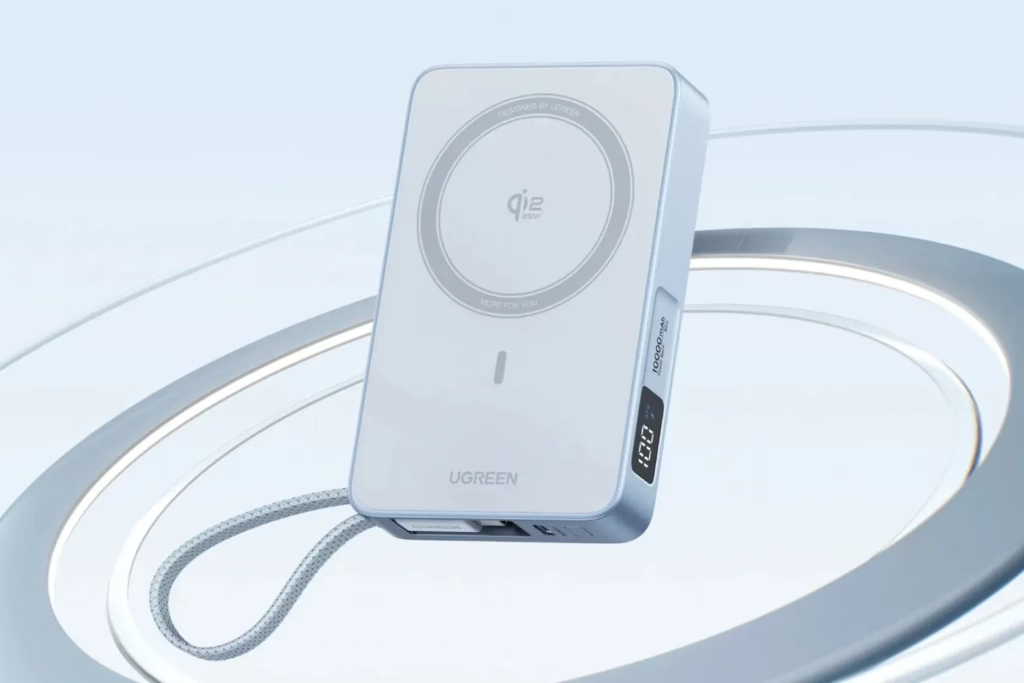
The Ugreen MagFlow Magnetic Power Bank is positioned as the leading example of these improvements. As the first product to secure full Qi 2.2 certification, it offers the following characteristics:
- 25W Wireless Output: Designed to provide full 25W wireless charging, it stands out in the market where most wireless power banks still offer 7.5W to 15W. This feature is particularly notable for upcoming smartphones, with Ugreen stating compatibility with the latest iPhone models and likely support for the iPhone 16 range.
- Broad Device Compatibility: Besides iPhones, the MagFlow Magnetic Power Bank will also work with any Qi 2.2-enabled device, extending its relevance beyond Apple’s ecosystem. Support for Samsung devices and others is specifically mentioned.
- Compact and Portable: The device features a slim design, supporting charging in varied scenarios such as travel, commuting, or simply waiting in public areas, providing magnetic attachment for hands-free convenience.
- Advanced Safety Features: Building on the Qi 2.2 requirements, the MagFlow product incorporates advanced thermal and power management to minimise risks such as overheating or inefficient charging cycles.

Price and Availability
The Ugreen MagFlow Magnetic Power Bank, along with the wider MagFlow series, is planned for launch in Q3 2025. Retail availability is set for the official Ugreen webstore and Amazon, covering major European countries including the United Kingdom, Germany, France, Spain, and Italy.
The decision to prioritise European markets reflects the rapid uptake of wireless charging and the broad compatibility of Qi-certified solutions with the latest handsets.
What Does Qi 2.2 Mean for Everyday Users?
The transition to Qi 2.2 wireless charging power banks like the MagFlow means:
- Wireless charging speeds are now much closer to what can be achieved with modern wired fast charging.
- Devices can remain safely attached and aligned throughout charging, minimising the chance of a failed charge due to movement.
- The greater wattage support means that future mobile devices and accessories can make more use of wireless power for fast top-up, even while on the move.
Conclusion
The release of the Ugreen MagFlow Magnetic Power Bank marks a key transition for wireless charging technology, as Qi 2.2 becomes the latest standard to hit the mainstream market. With faster wireless charging potential, enhanced compatibility, and advanced management features, products certified for Qi 2.2 are likely to shape how users top-up their devices over the coming years. As the first certified product in this category, the MagFlow bank sets a benchmark for others to follow, with a clear focus on efficient wireless power delivery and practical design.

